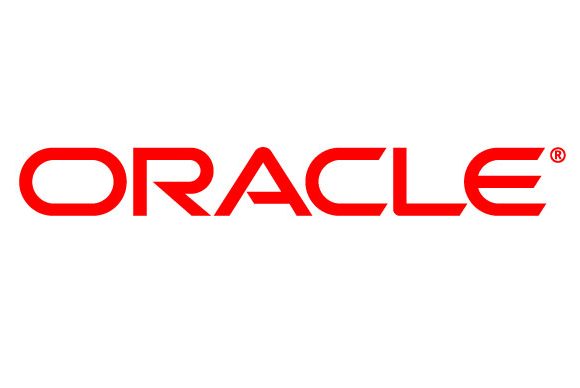Oracle has recently announced two new models of its
Oracle Database Appliance (ODA) bringing all of the performance and
reliability of Oracle’s Engineered Systems to small and mid-sized
businesses for the first time.
In addition, as organizations seek opportunities to transition to the
cloud, Oracle’s new database appliances provide a bridge between
on-premise systems and the cloud. In the future, organizations that
plan to connect their ODAs to the Oracle Cloud can seamlessly back up
their data automatically.
Oracle’s portfolio of database appliances, like all Oracle Engineered
Systems, enables organizations to simplify their journey to the cloud.
Customers can backup or archive their critical data, and easily move
their workloads to the Oracle Cloud whenever needed. Central to these
new versions of the ODA is support for the Oracle Database Standard
Edition 2 and Oracle Database Enterprise Edition.
“Since Oracle owns the entire stack, its systems are fully
hardware-software integrated, pre-tested, and optimized from silicon
to applications. They are quickly deployed, extend smoothly to
Oracle’s cloud, and the various systems seem to work well together.
The latest family members, Oracle Database Appliance X6-2S and X6-2M,
should help small and medium-sized businesses put a fully operational
entry-level Oracle database in place—apparently no screwdrivers
required,” said Peter Rutten, Analyst, IDC Computing Platforms Group.
“We’re excited to bring the power, simplicity and capabilities of
Oracle’s Engineered Systems in at a price point that allows every
organization to save time and money,” said Jim Gargan, senior vice
president of Oracle Converged Infrastructure. “With the family of
database appliances, Oracle offers built-in expertise for
single-instance database and high-availability deployments, while
providing a bridge between on-premise systems and the cloud, enabling
all of our customers to capitalize on their investment.”
The Oracle Database Appliance is designed to run single-instance
databases, database consolidation of multiple databases, and
high-availability designs with integration to Oracle Cloud, allowing
businesses to backup and archive their critical data as well as
migrate workloads to the cloud when ready.




